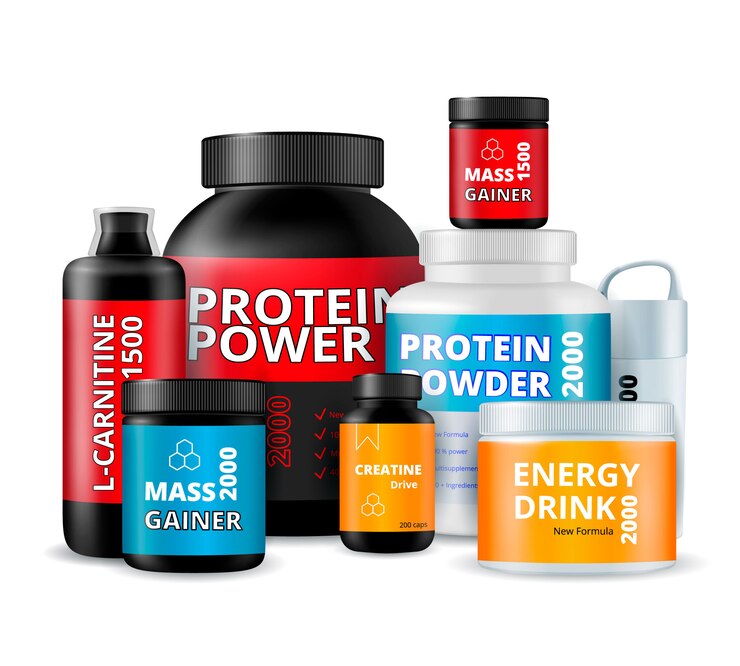Spinal decompression therapy has emerged as a pivotal treatment for those suffering from chronic back pain and spine-related issues. This therapy is crucial in promoting spine wellness and providing relief to individuals experiencing severe discomfort. Understanding the principles of back decompression can significantly impact one’s quality of life by addressing the root causes of pain and enhancing overall mobility.

Understanding Spinal Decompression Therapy
Definition and Purpose
Spinal decompression therapy is a non-invasive treatment designed to alleviate back pain by gently stretching the spine. This process changes the force and position of the spine, reducing pressure on the spinal discs, which are gel-like cushions between the bones in your spine. The primary goal of this therapy is to create a negative pressure within the disc, promoting the retraction or repositioning of the herniated or bulging disc material.
History and Development
The concept of spinal decompression has been around for decades, evolving from traditional traction techniques to more sophisticated and controlled methods. Initially, traction was used in ancient times to treat spinal deformities and injuries. Modern spinal decompression therapy began gaining traction in the late 20th century with the advent of computerized systems that offer more precise and effective treatments.
Types of Spinal Decompression
Surgical Decompression
Surgical decompression involves invasive procedures aimed at relieving pressure on the spinal cord or nerves. Common surgical techniques include:
- Microdiscectomy: A minimally invasive procedure to remove parts of a herniated disc.
- Laminectomy: The removal of a portion of the vertebral bone called the lamina to enlarge the spinal canal and relieve pressure.
Non-Surgical Decompression
Non-surgical spinal decompression is a popular alternative to surgery and involves the use of a traction table or a similar motorized device. During this therapy, the patient is strapped to the table, and the machine gently stretches and relaxes the spine. This type of decompression is typically used to treat conditions such as:
- Herniated or bulging discs
- Degenerative disc disease
- Facet syndrome
- Sciatica
Common Symptoms of Spine Issues
Chronic Back Pain
Chronic back pain is one of the most prevalent symptoms associated with spinal issues. It can be debilitating, affecting daily activities and quality of life.
Nerve Pain and Sciatica
Nerve pain, often manifesting as sciatica, occurs when a herniated disc or bone spur presses on the nerves. Symptoms include sharp, shooting pain down the leg, tingling, numbness, and muscle weakness.
Mobility Issues
Spine problems can significantly limit mobility, making it difficult to perform everyday tasks such as walking, bending, or lifting objects.
Causes and Risk Factors
Age-Related Degeneration
As people age, the spine undergoes degenerative changes. The discs lose hydration and elasticity, leading to conditions such as osteoarthritis and spinal stenosis.
Injuries and Accidents
Traumatic events such as car accidents, falls, or sports injuries can cause acute damage to the spine, resulting in immediate and severe pain.
Poor Posture and Lifestyle Choices
Maintaining poor posture, especially for prolonged periods, can strain the spine. Lifestyle choices, such as a sedentary lifestyle and improper lifting techniques, can also contribute to spinal issues.
Diagnostic Tools and Tests
Physical Examination
A thorough physical examination by a healthcare provider is the first step in diagnosing spinal problems. This includes assessing the patient’s range of motion, reflexes, muscle strength, and sensory function.
Imaging Tests
Imaging tests are crucial in diagnosing spine issues. Common imaging modalities include:
- X-rays: Useful for identifying bone abnormalities.
- MRI (Magnetic Resonance Imaging): Provides detailed images of soft tissues, including discs and nerves.
- CT (Computed Tomography) Scans: Offers cross-sectional images of the spine, useful for detecting fractures.
Nerve Conduction Studies
Nerve conduction studies measure the electrical activity of nerves and muscles. These tests can help determine if nerve damage is causing symptoms such as pain, tingling, or weakness.
Treatment Options
Medical Treatments
Pain Medications
Pain medications, including nonsteroidal anti-inflammatory drugs (NSAIDs), muscle relaxants, and analgesics, are often prescribed to manage spine-related pain.
Physical Therapy
Physical therapy is essential in treating spine issues. It includes exercises to strengthen the muscles supporting the spine, improve flexibility, and reduce pain.
Surgical Options
Microdiscectomy
A microdiscectomy involves the removal of a small portion of the herniated disc pressing on the nerve root. It is minimally invasive and offers quick recovery.
Laminectomy
A laminectomy is a more extensive procedure that involves removing the lamina to create more space for the spinal cord and nerves.
Non-Surgical Options
Chiropractic Care
Chiropractic care focuses on diagnosing and treating mechanical disorders of the musculoskeletal system, especially the spine. It includes spinal manipulation and adjustments to improve spinal function.
Spinal Decompression Therapy Machines
These machines, such as the DRX9000, apply precise and controlled traction to the spine. The goal is to relieve pain and promote healing by decompressing the spinal discs.
Preventive Measures
Maintaining Good Posture
Proper posture reduces the strain on the spine. Tips for maintaining good posture include:
- Keeping feet flat on the floor when sitting
- Using a chair with proper lumbar support
- Avoiding slouching or leaning forward
Regular Exercise
Exercise strengthens the muscles that support the spine. Activities such as swimming, walking, and yoga are particularly beneficial.
Ergonomic Workspaces
An ergonomic workspace minimizes strain on the spine. This includes adjusting the height of the desk and chair, using a footrest, and ensuring the computer screen is at eye level.
Healthy Diet and Weight Management
A balanced diet rich in calcium and vitamin D supports bone health. Maintaining a healthy weight reduces the stress on the spine.
Personal Stories and Case Studies
Real-Life Examples of Successful Spinal Decompression Therapy
Personal stories provide insights into the effectiveness of spinal decompression therapy. For instance, John, a 45-year-old office worker, experienced significant relief from chronic back pain after undergoing non-surgical spinal decompression therapy.
Patient Testimonials
Patient testimonials highlight the positive outcomes of spinal decompression therapy. Many patients report reduced pain, improved mobility, and enhanced quality of life.
Expert Insights
Quotes from Orthopedic Specialists
Orthopedic specialists emphasize the importance of early intervention and proper diagnosis. Dr. Smith, an orthopedic surgeon, states, “Spinal decompression therapy can be highly effective for patients with specific spine conditions. It’s crucial to tailor the treatment to the individual needs of the patient.”
Advice from Chiropractors and Physical Therapists
Chiropractors and physical therapists offer practical advice on spine care. Dr. Jones, a chiropractor, suggests, “Incorporating spinal decompression therapy with other treatments, such as physical therapy and lifestyle modifications, can lead to optimal results.”
Conclusion
In summary, spinal decompression therapy plays a vital role in addressing chronic back pain and other spine-related issues. By understanding the various treatment options, diagnostic tools, and preventive measures, individuals can take proactive steps towards maintaining spine wellness. For those suffering from back pain, exploring spinal decompression therapy could be a significant step towards relief and improved quality of life. Continued education and consultation with healthcare professionals are essential for making informed decisions about spine health.










